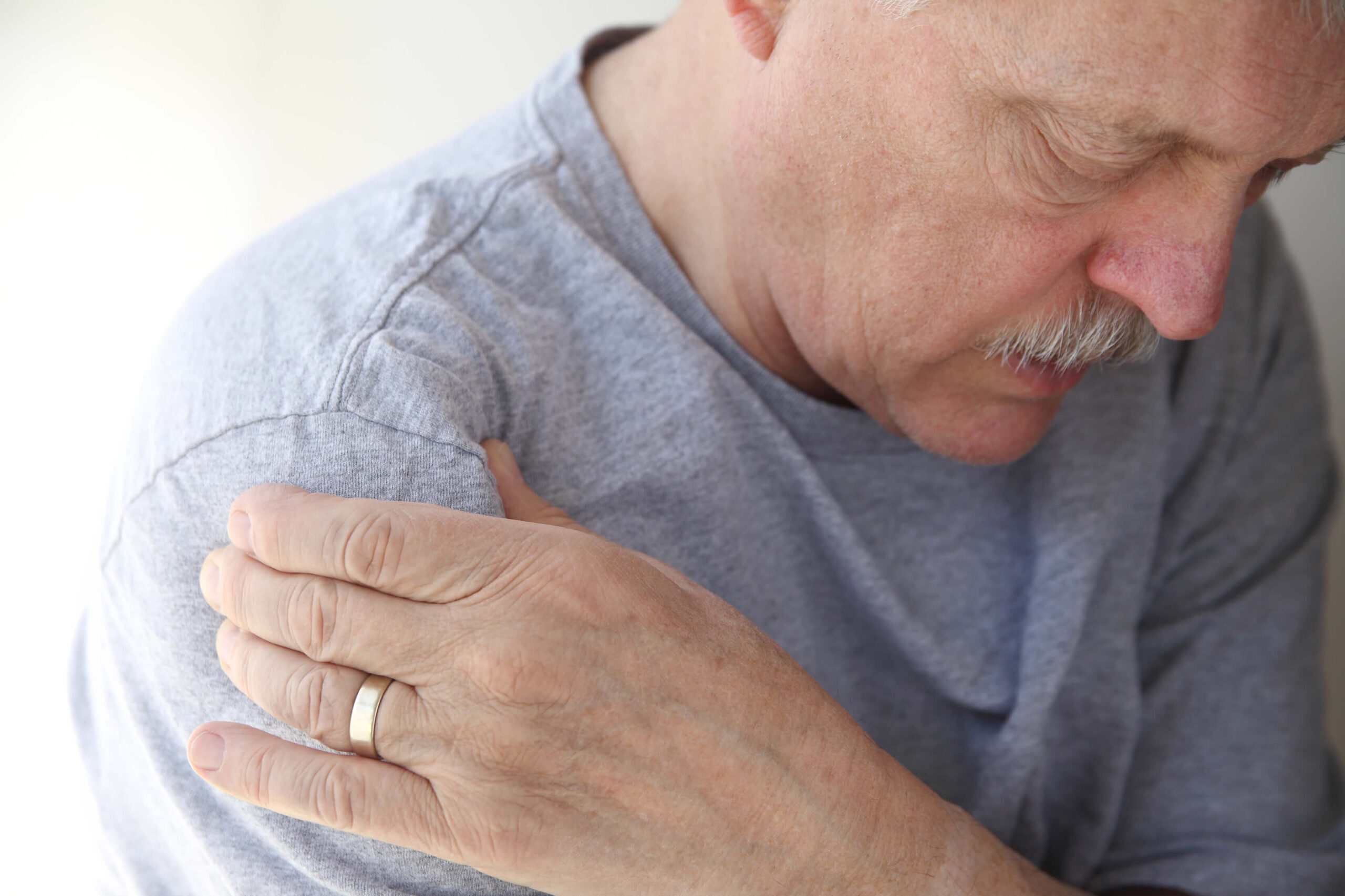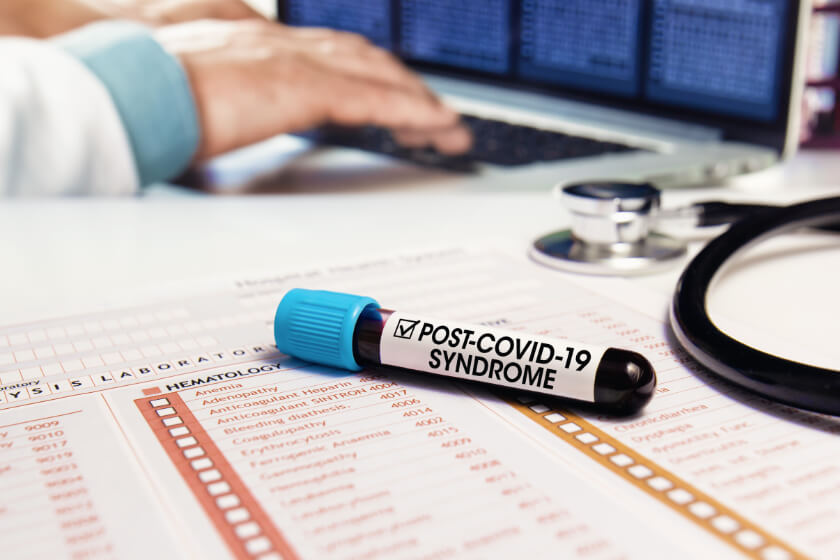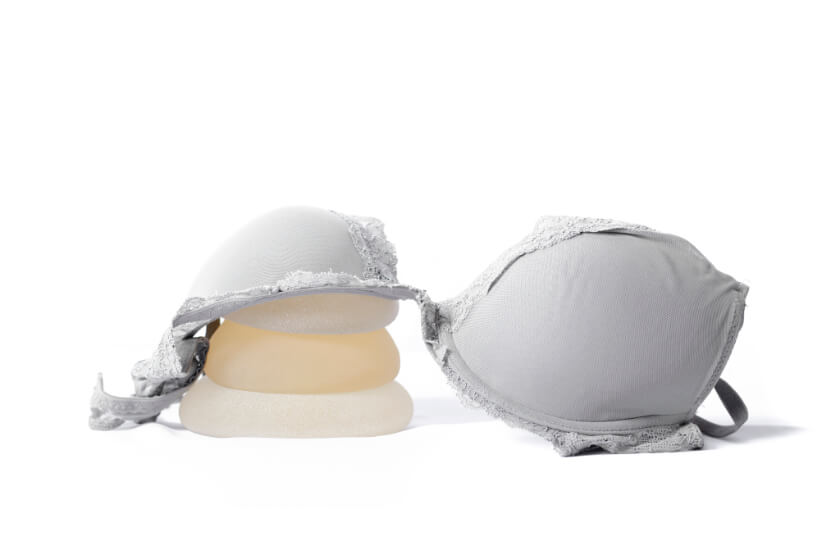
What’s a Rotator Cuff Injury?

Rotator cuff injuries are common causes of pain and disability among adults in the United States. In fact, nearly 2 million people visit their doctors each year because of rotator cuff problems, according to the American Academy of Orthopedic Surgeons. The risk for rotator cuff injuries increase with age.
A rotator cuff injury can cause pain and weakness in your shoulder that could affect everyday activities, such combing your hair or getting dressed. Your shoulder joint is a complex configuration of muscles, bones, and connective tissue that work together in a tight space. As its name suggests, your rotator cuff allows you to rotate and lift your arm, and allows you to move your arms in nearly every direction. Injury to your shoulder joint, and to your rotator cuff in particular, can prevent your shoulder from moving freely and painlessly. Your doctor can diagnose and treat rotator cuff injuries to reduce symptoms and improve mobility in your shoulder.
Anatomy of Your Rotator Cuff
Your rotator cuff is a group of muscles and tendons in and around your shoulder joint. The rotator cuff muscles and tendons hold the top of your upper arm bone, or humerus, securely in the shallow socket of your shoulder. These muscles help you lift and move your arms up and away from your body.
Tendons attach the muscles to bones. The tendons of the muscles serving the rotator cuff come together to form a covering around your humerus and the top of your shoulder.
Common Rotator Cuff Injuries
Rotator cuff tendonitis
Rotator cuff tendonitis is inflammation or irritation in the tendons and muscles of the rotator cuff. This injury typically develops over time. It often occurs as the result of keeping your shoulder in one position for a long time, such as sleeping on your shoulder all night. Rotator cuff tendonitis may develop after performing certain work or athletic activities, such as placing items on a top shelf or playing tennis, which involve raising or rotating your arms.
Rotator cuff tear
A rotator cuff tear is an injury that affects the tendons of the rotator cuff. A rotator cuff tear can be partial or complete. A partial tear is one in which the tendons are frayed or damaged, whereas a complete tear is when the tendon is pulled completely off the bone or is severed.
While rotator cuff tears often occur over time as the result of prolonged wear and tear, they can develop quickly as the result of a trauma involving a fall on your arm and shoulder, or from heavy lifting. A dislocated shoulder may also cause the rotator cuff to tear.
Bursitis
Shoulder impingement
This condition occurs when your rotator cuff rubs against, or impinges upon, the bones in your shoulder. Shoulder impingement causes persistent pain as the constant rubbing of the tendons causes injury and swelling. Left untreated, should impingement can lead to tears of your rotator cuff.
Diagnosis and Treatment of Rotator Cuff Injuries
To diagnose a rotator cuff injury, your doctor will move your affected arm into various positions and press on different parts of your shoulder. Your doctor will also test the strength in the muscles of the affected shoulder and arm.
Imaging can also be helpful. Imaging may include:
X-rays – a rotator cuff tear will not show up on an x-ray, but the test can detect bone spurs, arthritis and other causes of shoulder injuries
Ultrasound – this test uses sound waves to create images of the tissues and structures in the shoulders; ultrasound can help doctors diagnose rotator cuff tears and other rotator cuff injuries
MRI – magnetic resonance imaging (MRI) uses radio waves and a strong magnet to create detailed images of the shoulder
If you are like many people with rotator cuff injuries, the pain can sometimes prevent you from getting a good night’s sleep. To ease nighttime pain, try icing your shoulder for 15 to 20 minutes and taking non-steroidal anti-inflammatory drugs (NSAIDs), before going to bed. Experiment with different sleep positions. experimenting with their sleep position can help them get some rest.
Treatment often begins with rest, ice and physical therapy. Your doctor may recommend injections if conservative measures do not alleviate your symptoms. Surgery may be necessary for certain types of rotator cuff injuries that do not respond to conservative measures. Surgery may include arthroscopic tendon repair in which your surgeon inserts a tiny camera and tools through small incisions to reattach tendons to the bones. Open tendon surgery, in which the surgeon makes a larger incision, may be the better option in some cases.
For more information on rotator cuff injuries, consult with your doctor. You don’t need to be sidelined by rotator cuff injuries anymore.




